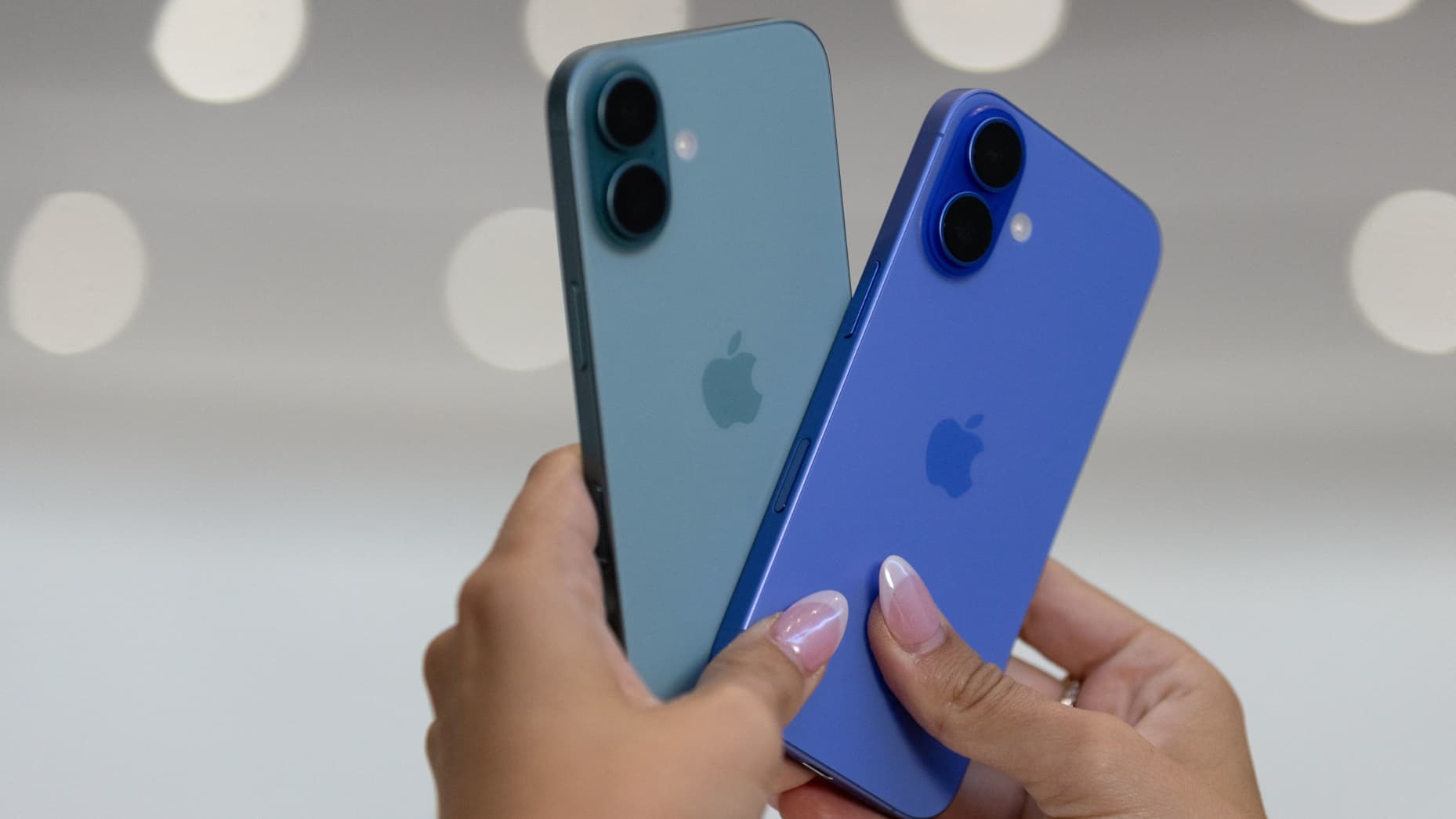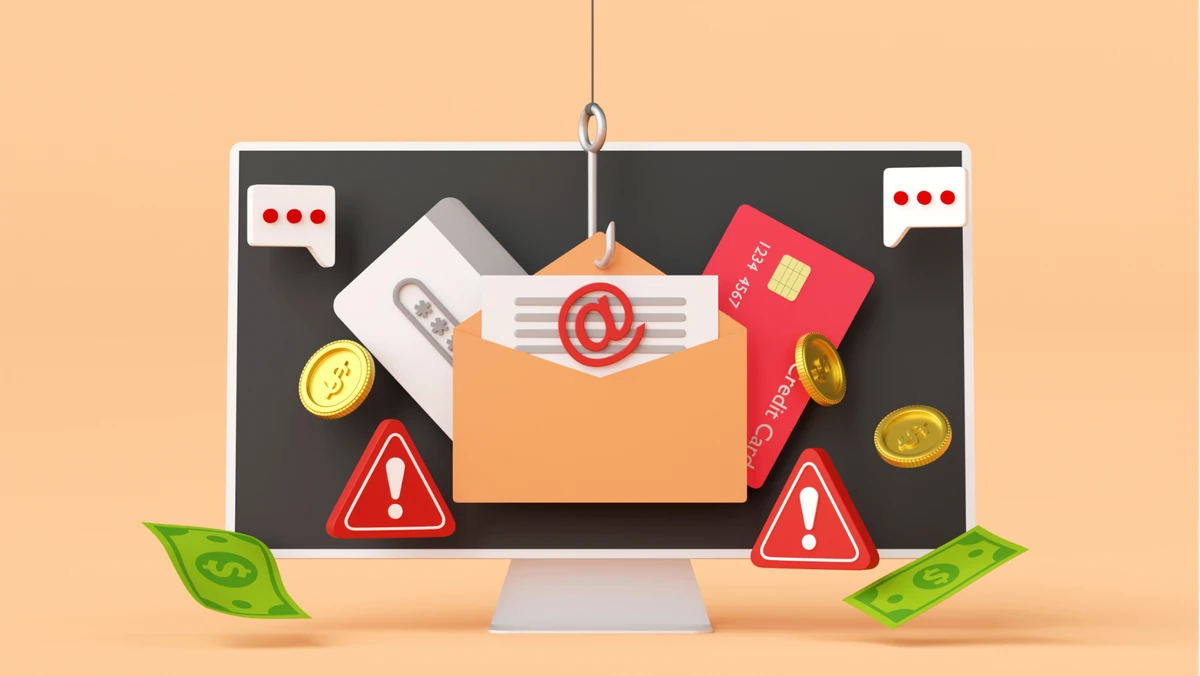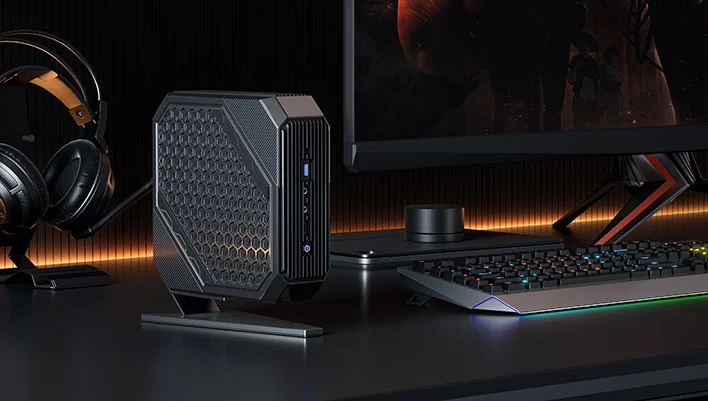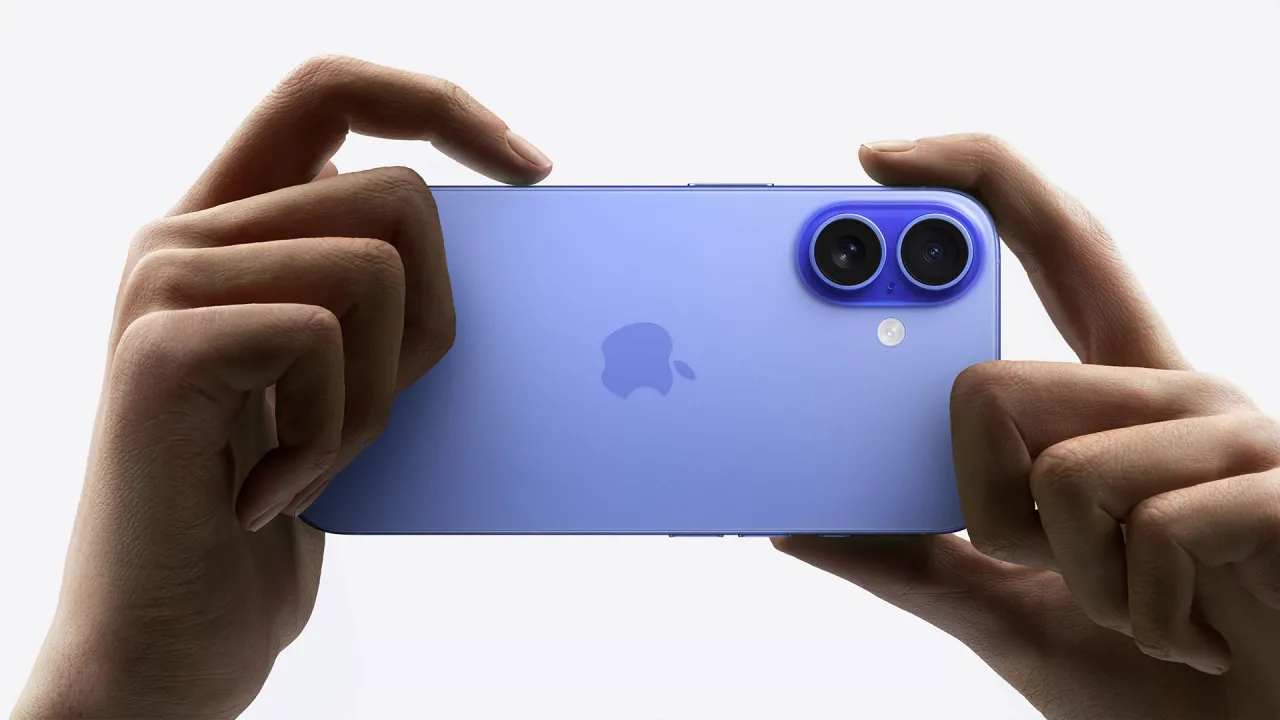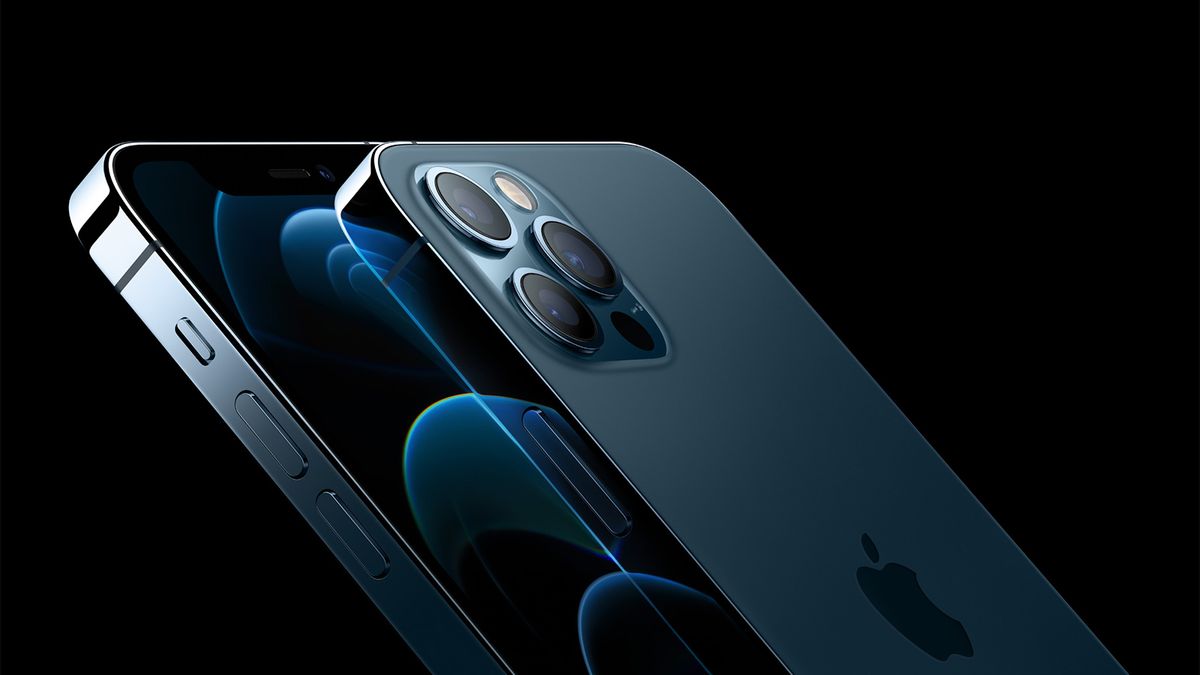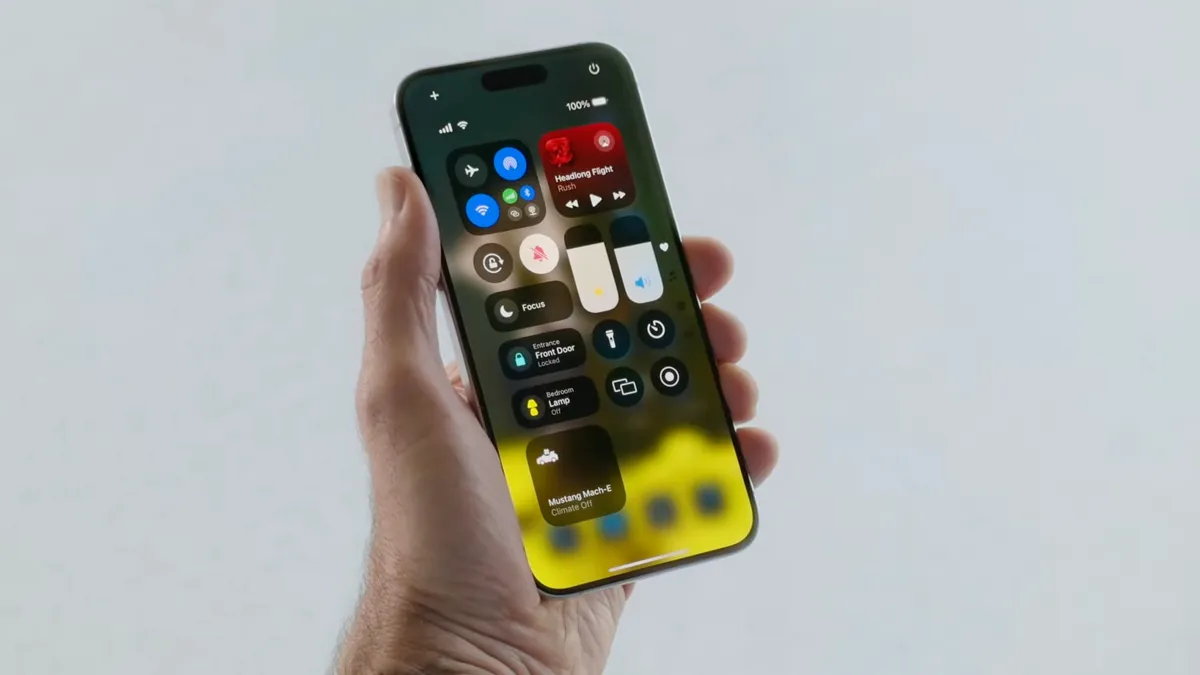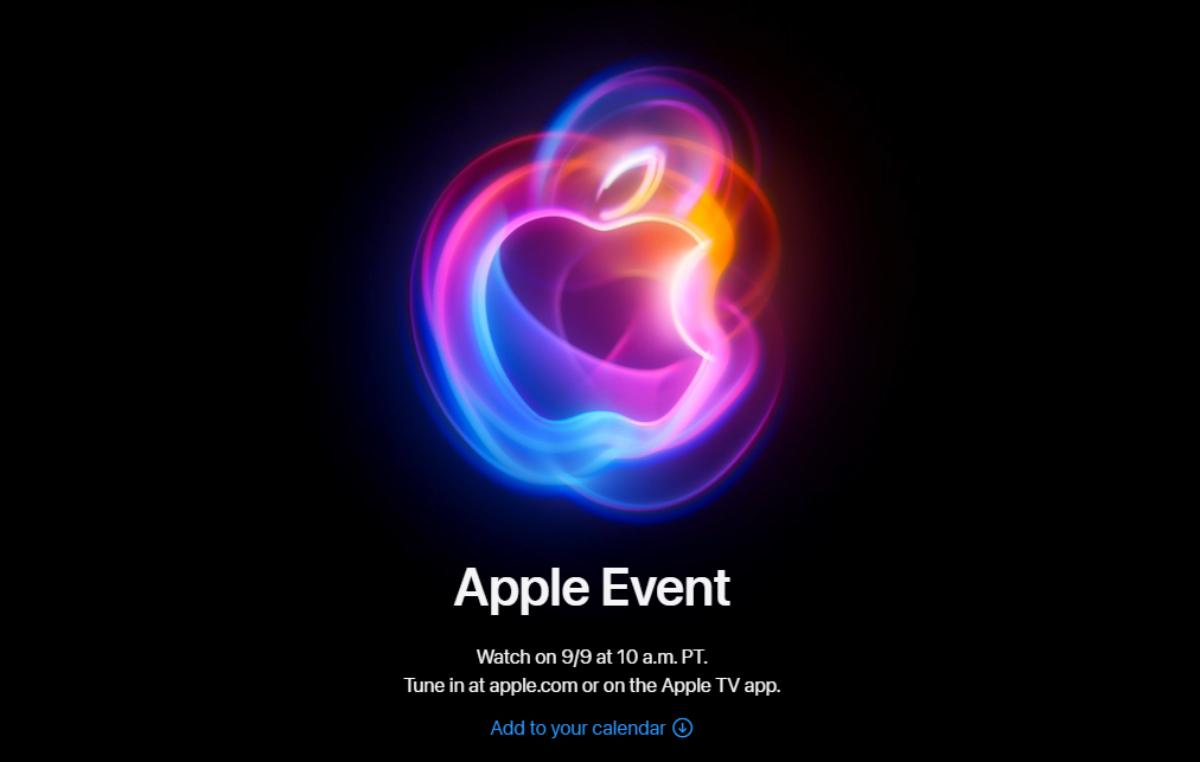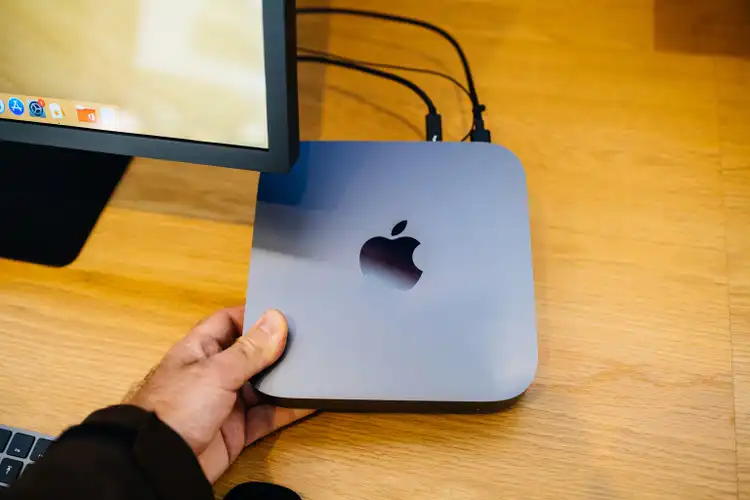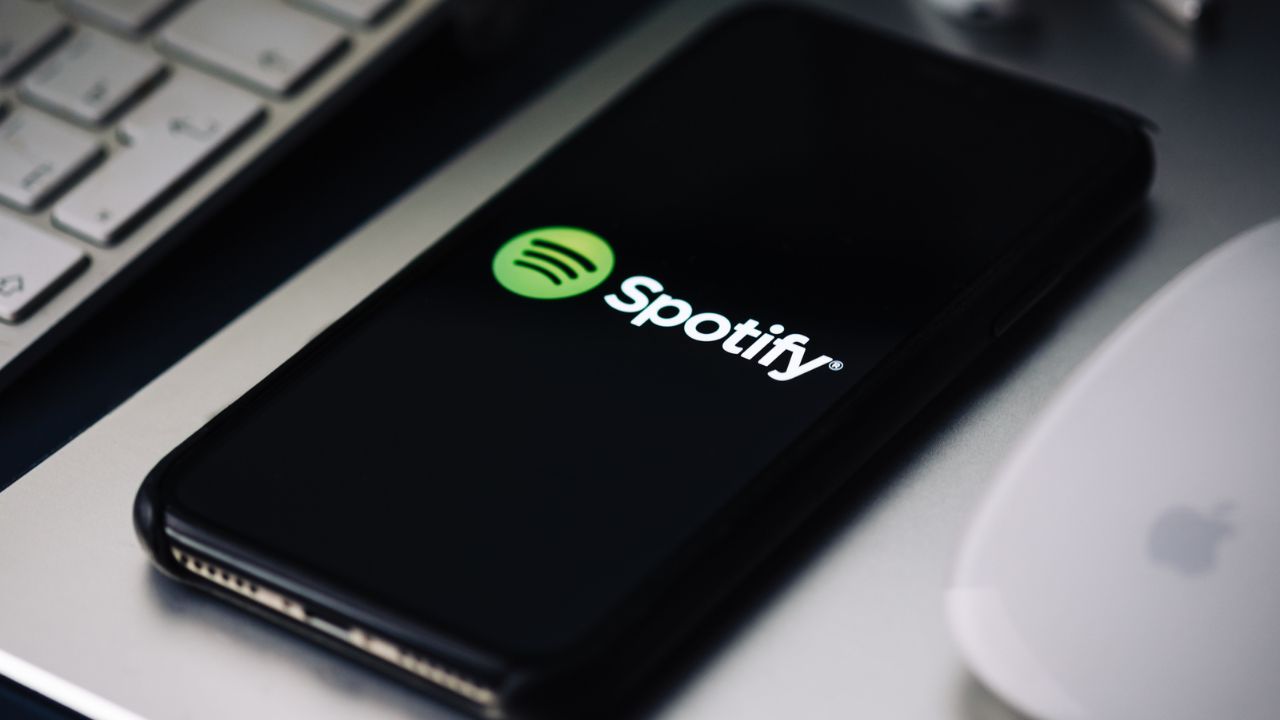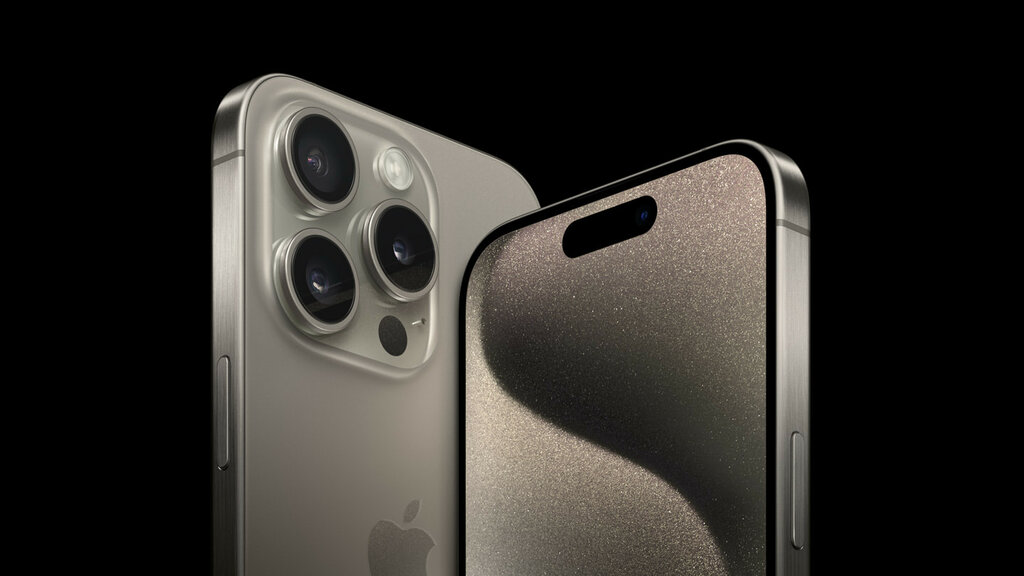Both products have attracted much attention since the launch of the iPhone 16 and iPhone 16 Pro Max models. Many customers interested in purchasing these models have been left with a rude shock when they find out that the iPhone is sold out almost everywhere.
This has raised eyebrows and curiosity about why Apple has not been in a position to meet demand even though it knows how to manage its product launches. Therefore, there is a need to address the five major causes of the disruption of the iPhone 16 supply chain.
Read also: Apple’s iPhone 16 launch: AI takes center stage
Apple underestimated demand for the iPhone 16
Apple’s new features on the iPhone 16 variants, from the base model to the iPhone 16 Pro Max, make them appealing. Apple may have underestimated consumer demand for new colours, performance increases, and novel features across all models.
Consumer demand for these upgraded iPhones remains high despite global economic issues like inflation and rising interest rates. Owing to the economy, people were likely to delay upgrading. Apple underestimated customer excitement, yet the additional features and higher demand led to early sellouts.
Inflation and market forces have kept iPhone prices low despite their premium status. In 2017, the iPhone X cost $999. Seven years later, with better technology, the iPhone 16 Pro costs $999 in the US. The iPhone 16 Pro is more valuable than prior versions at a comparable price after inflation and technical advances.
Because of this pricing scheme, the newer iPhones are cheaper than the iPhone X. Thus, many buyers feel they’re receiving a better price, raising demand.
Competitive pricing compared to iPhone 16’s rivals
Compared to other smartphones in its range, the iPhone 16 is relatively cheap. The Samsung Galaxy S24 Ultra is 100 US dollars more expensive than the iPhone 16 Pro Max of a similar capacity. This price makes the iPhone a high-profile name in the world of technology.
The iPhone 16 Plus costs only $899, while Samsung’s Galaxy S24 Plus costs $1,120. Apple’s starter mobiles are affordable and on par with flagship-class devices, which boosts demand, particularly among those not enamoured with Samsung or Google’s Pixel series.
These are some of the issues that affected Apple’s manufacturing output and, therefore, caused a shortfall: Failure to ramp up its manufacturing on time. Apple began manufacturing the iPhone 16 in early August, a month before it launched the phone in September. Apple has become acquainted with product introductions and the demand cycle; however, it fails to manufacture on a large scale at the required pace to meet pre-order sales.
Read also: Galaxy S25 Ultra: leaked specs outshine iPhone 16 Pro
Apple has improved since last year, when iPhone 15 Pro versions were available in November, but the delay remains. The new models may not be available for many consumers until October. Manufacturers misjudged early demand for other high-demand items like the PlayStation 5, which caused supply chain concerns.
The iPhone 16’s release time also affects sellout. The launch occurs before holiday shopping, and a new iPhone is a popular present for Christmas, Diwali, and other year-end events.
Holiday shopping demand further strains the pre-order system as buyers rush to get their iPhones. Many pre-order early to avoid losing out on their electronics for the holidays, pushing up demand and causing shortages.
Apple is attempting to accommodate demand for iPhone 16 and 16 Pro Max as rapidly as feasible. While delivery projections are falling into October, Apple is projected to fix supply concerns by mid-December or early January. As 2024 approaches, consumers should obtain their devices faster.
Due to underestimating demand, competitive pricing, production delays, and the Christmas rush, iPhone 16 models sold out rapidly. The wait may be annoying, but Apple’s newest iPhones are more popular than ever.
